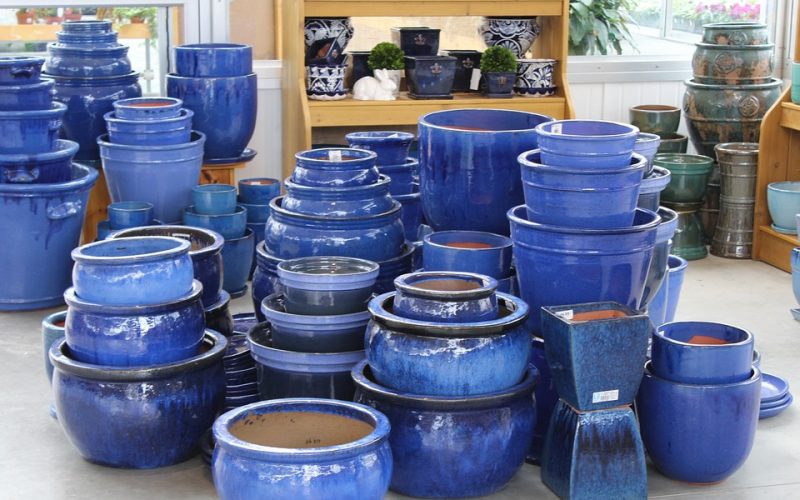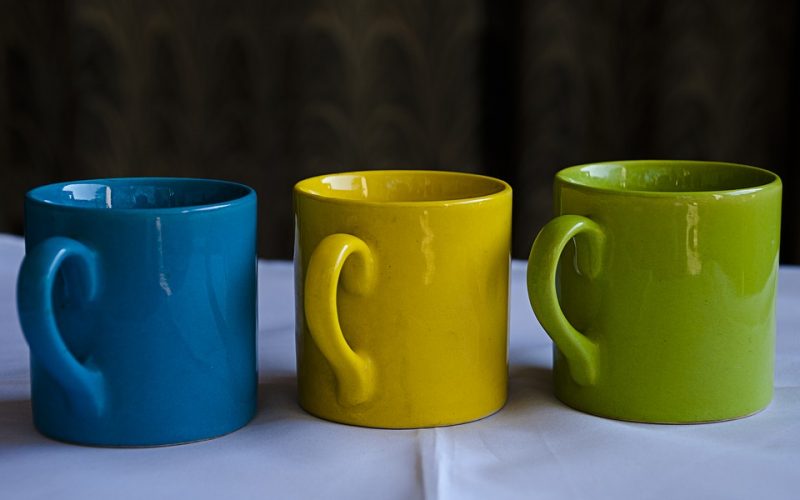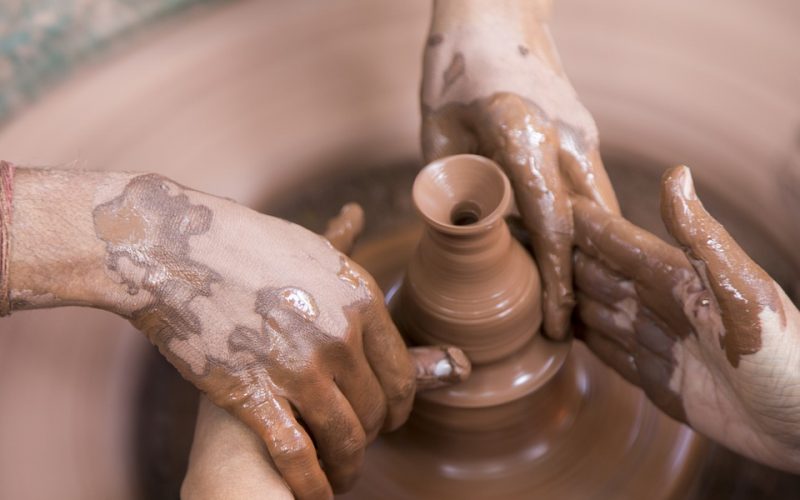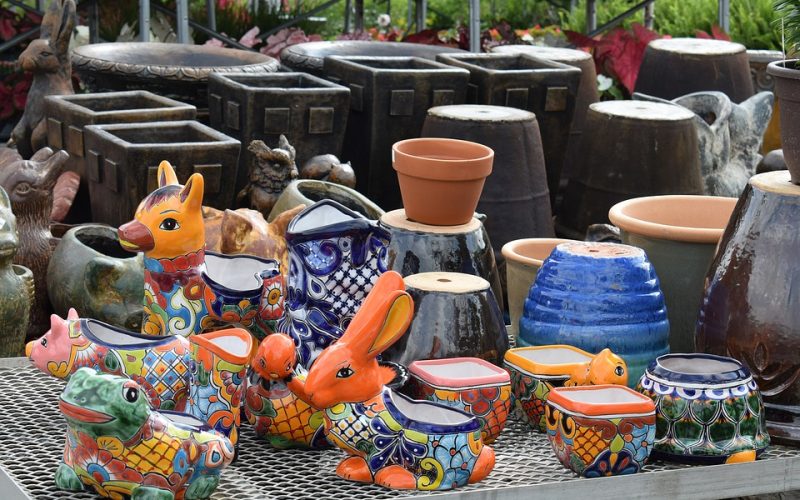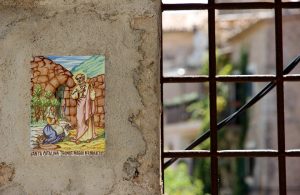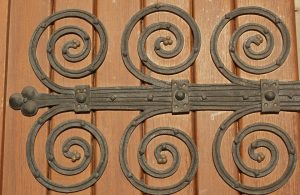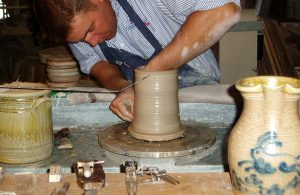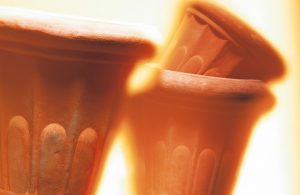There are many different ways to acquire clay. It can be bought through craft or pottery shops. It can also be ordered online. Few people take the time to find their own clay deposits and dig it out of the ground. This is a method that can be done nearly anywhere, but it is very time-consuming. Clay is always mixed with other elements and it takes a great deal of time to separate them out. Many people do not have that much time and rely on commercial sources for their clay.
Before clay is formed into any item, it should be kneaded. Even commercial clay can have dry spots and air bubbles. Dry spots are where clay has been exposed to too much air. These parts of the clay should be taken off and thrown away. Air within the clay itself is normal. It forms bubbles and these will cause problems during the making and firing of objects. Clay should always be kneaded before it is used to create any object.
Kneading clay is a simple process that has much in common with kneading bread dough. A piece of clay about the size of a baseball is the best way to start. This is an amount that is easy for most people to handle. The first step is forming the clay into a ball. Then, the clay is pressed with the heels of the hand into a board. While still holding the clay, turn the flat side perpendicular to the board and press again. Keep doing this until all sides of the clay have been kneaded.
Checking for air bubbles is the easiest step of all. A wire is used to cut the clay in half. Examination of both sides of the clay will tell whether or not any air pockets remain. If none are visible and the clay surfaces are smooth, then the clay has been kneaded enough and is ready to work. If there are pockets or dimples in the clay, it needs more kneading before it is ready to be shaped.
